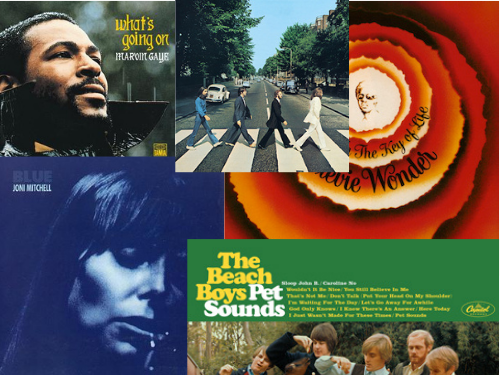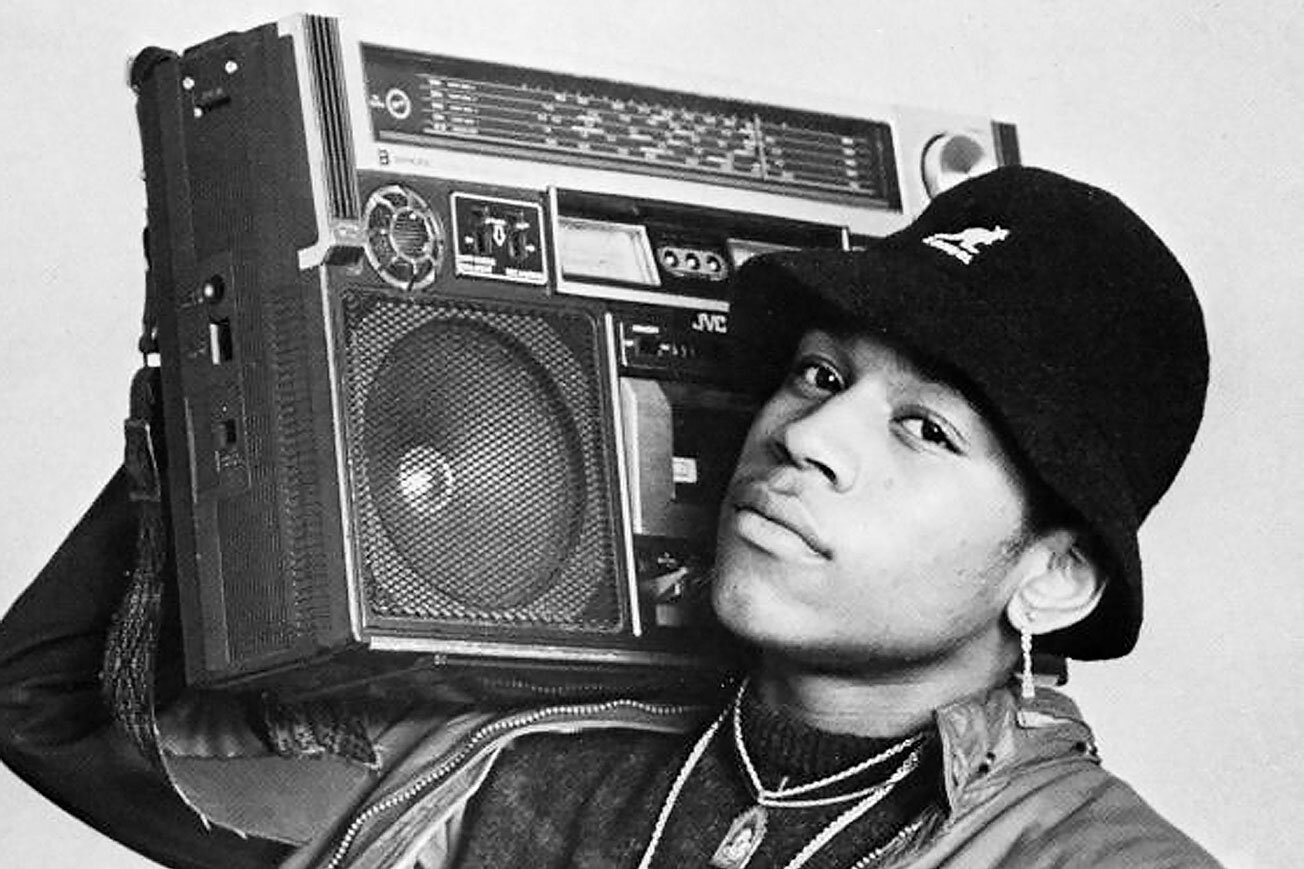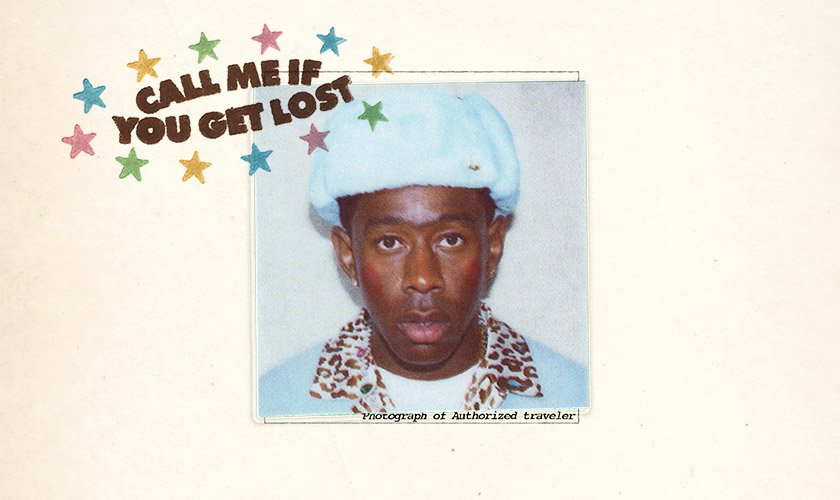Rolling Stone's Top 500 Prompts Questions While Offering Answers

The magazine’s list of its top albums of all time feels woefully out of date.
[Updated] What do Juvenile’s 400 Degreez, Britney Spears’ Blackout, The Meters’ Looka Py Py, Dr. John’s Gris Gris, and Lil Wayne’s Tha Carter II and III have in common?
All made the new Rolling Stone list of the 500 Greatest Albums of All Time (at 470, 441, 415, 356, 370 and 208 respectively). On one hand, that’’s great for Louisiana to get the recognition, but their inclusions also suggest one of the many limitations of the list. Too often it feels like an effort to redress old wounds and revive reputations. The Meters, for instance, have been held up by critics of the Rock and Roll Hall of Fame as one of the most noteworthy omissions, as have Kraftwerk and Chic. All three now have albums in the top 500. When Blackout was released in 2007, critics dumped on as the audio companion to Britney’s breakdown years. Since then, the album has been retrospectively championed as ahead of its time by a number of outlets including Vice.com. Rolling Stone’s Rob Sheffield re-reviewed the album in 2017, writing, “Blackout is an avant-disco concept album about getting famous, not giving a fuck, getting divorced, not giving a fuck, getting publicly mocked and despised and humiliated. It’s an album about dancing on tables in a cloud of glitter and Cheeto dust.”
That retroactive balancing of the scales haunts the list, which nods to poptimism with its inclusion of Spears, Shania Twain, and countless other acts the critical community initially met with indifference at best. It’s hard to argue with the top ten (What’s Goin’ On, Pet Sounds, Blue, Songs in the Key of Life, Abbey Road, Nevermind, Rumours, Purple Rain, Blood on the Tracks, and The Miseducation of Lauryn Hill), but it’s also hard not to notice how showily inclusive it is, with three albums that prominently feature women and four with people of color. It even covers four decades and avoids any accusations that rock ’n’ roll’s greatest generation is overrepresented.
Because of that, the list is startling in how un-startling it is. Bill Withers, Roberta Flack, and Erykah Badu have enjoyed a critical re-valuation in recent years, so they show up in the list, and in general, the list reads as if it were sponsored by Spotify. Streaming services certainly have made it possible for the voters to hear and love albums that had previously flown under canonical radar.
If I were cynical, I’d say that some choices look like voters thought about artists the culture has embraced and looked for the album that best shows why. That would certainly explain why so many anthologies and greatest hits compilations made the list. There are times when a compilation may be the best way to hear a band, such as ABBA Gold, but it’s not clear why anyone would choose Al Green’s Greatest Hits since Green made great albums, many of which also made the list.
Many choices carry an air of inevitability, even when they also seem random. The upper reaches of the list include Rufus, Suicide, Paul McCartney’s Ram, Alice Coltrane, and Blur’s Parklife, and almost any of albums in the 400s could have been swapped out for other albums that would have been equally likely and deserving. It would be interesting to see the master tally sheet and see how many albums above number 350 represent some kind of consensus and how many represent one of two judges’ pet favorites.
On social media, everybody had their pet objections starting with the widely held belief that six Kanye albums on the list was too many. For me, the real question is why this exists at all in 2020 because the whole activity feels badly dated. Not the choices themselves, but the idea that people can get their arms around more than 60 years of albums in a meaningful way stems from that special Rolling Stone brand of hubris. The canon-building impulse similarly feels very yesteryear, even if Rolling Stone clearly made an effort to create a more inclusive one. The list still privileges one body of work over another, and if anything is out of step with rock ’n’ roll however you define it, it’s the desire to designate authoritatively a must-hear body of seal of music. In a form that has rebellion baked into its mythology, who wants to be the establishment?
The NPR “Turning the Tables” pants’ed this project before it even started by having a more valuable purpose. The list of top albums it proposed imagined what the history of rock ’n’ roll would look like if you wrote men out of it, and because of that, it was provocative on a number of levels. Not only did it challenge men to imagine a musical world without them, but It furthered conversations that started after #MeToo. Rolling Stone’s list, on the other hand, reflects people now looking back with the predictable contemporary cultural myopia and arriving at choices that seem perfectly consistent with contemporary musical orthodoxy. In 10 years from now, will Harry Styles’ Fine Line still sound like one of the 500 best of all time? Will a Spotify-induced eclecticism still carry the same caché?
Like the Rock and Roll Hall of Fame, which included then-Rolling Stone publisher Jann Wenner as one of its founders, the project reflects a time when pop and rock music couldn’t get respect, but that’s not the case anymore. MTV changed the way movies look, and the music is the soundtrack of the 2010s if not before. There are few corners of the culture where rock ’n’ roll hasn’t found an entry point, so the quest for validation comes off as needy and pointless.
I suspect that those who decide on what counts as rock ’n’ roll by weighing the guitars will likely believe their favorites are underrepresented, but that’s largely a reflection the predominant school of critical thought and how musical exercises in power look in the rearview mirror. Many disagreements come down to taste, which is always going to be the case. Unfortunately, many of the objections sounded like the complaints of guys—uniformly—not handling the possibility that the music so important to them has been culturally sidelined. Those squabbles are as pointless as sports talk radio hosts trying to decide where a retiring athlete fits into the rank of the greatest of all time.
If I were in the electronic dance music community, I might feel slighted. I’m not sure that electronic dance music is an album medium, but the only album to make the list is Daft Punk’s Discovery at 236. Not even Aphex Twin made the cut. Then again, if electronic dance music is my music, I can’t imagine that I’m reading Rolling Stone or taking its ideas of the greatest albums of all time seriously. It’s similarly hard to imagine being under 30 (40?) and taking Rolling Stone s thoughts about my music seriously.
A good list like the one created by the Turning the Tables project starts larger conversations that we should be having. Rolling Stone’s reads like an effort to reassert its relevance in the streaming era, positioning itself as the authority that ends conversations instead.
Updated September 24, 4:14 pm.
One last thought that I can’t let go since I published this yesterday:
When I wrote this, I argued that the project felt dated, and the last decade of digital journalism further underscored that. Listicles made their debut early in the 2010s and became so ubiquitous so quickly that the term became associated with low-rent click bait. Now, a list has to have some intellectual or conceptual heft to overcome the guilt by association—something I’d argue the Rolling Stone list doesn’t have.
Ironically, the Wikipedia entry for “listicle” uses a hypothetical Rolling Stone list of the 200 Best Albums of the last 20 years as an example of a listicle.
Creator of My Spilt Milk and its spin-off Christmas music website and podcast, TwelveSongsOfChristmas.com.






